News
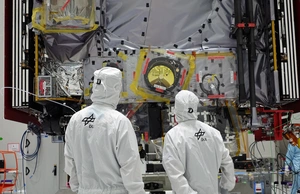
DLR pools expertise in space research
The new DLR Institute of Space Research is being formed from the internationally acclaimed Institutes of Optical Sensor Systems and Planetary Research:
Space is a key technology for the future, essential for exploring planets, Earth observation and security. Satellites and space probes equipped with highly specialised observation instruments are indispensable for all…

Please mind the gap
Three DLR researchers highlight gender-specific knowledge gaps that prevent the surveying of women’s needs in cars, busses, and trains:
Globally, Germany ranks in the top ten percent for gender equality—but persistent gaps remain. The gender pay gap is the most well-known example. The fact that transport systems are still largely designed by and for…
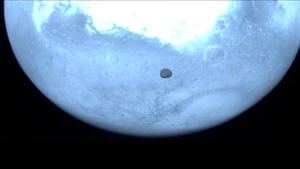
Hera space probe photographs Mars during flyby
The ESA mission is on its way to the Didymos asteroid system:
On 12 March 2025, the European Space Agency (ESA) Hera space probe conducted a flyby of Mars. This event marks a significant milestone on Hera's journey to the Didymos asteroid system, where researchers aim to gain…

Determine bike friendliness with ‘Bikeability’
DLR transport researchers publish tool for comparing bike friendliness:
Cycling is an integral part of the transport transition, thus research into the willingness to use the bicycle as a means of transport is increasingly coming into focus. While many studies include the concept of…
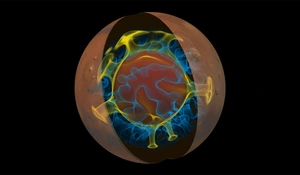
Mars’ northern ice cap is young
Geophysical investigations reveal surprising results:
To understand the properties of the rocky mantle beneath Earth's continents, researchers use a little geophysical trick: they measure how fast large areas of land, once covered by kilometres of ice during the last ice…
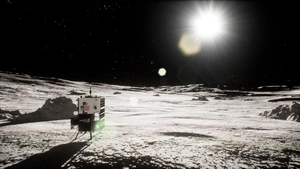
Berlin instrument flies to the Moon with IM-2 mission
New lunar mission to demonstrate search for water ice at Moon's south pole:
In the early hours of 27 February 2025, at 00:30 Central European Time, the IM-2 mission launches, carrying the Athena lander from the US New Space company Intuitive Machines on its second mission to the Moon. On…
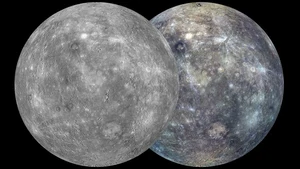
How heat and cold affect Mercury
Recent research findings from the smallest planet in the Solar System:
Mercury is the smallest of the eight planets in the Solar System, the closest to the Sun, and unusually, it has no atmosphere. Together, these factors make it a unique case in planetary research. The German Aerospace…
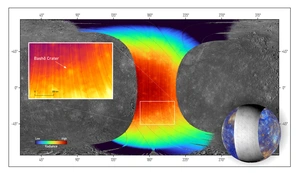
Planet Mercury seen ‘in a different light’ for first time
Fifth flyby of Mercury by BepiColombo space probe:
Mercury is the innermost and smallest of the eight planets. Outwardly, it bears a strong resemblance to Earth's Moon, but the planet differs considerably from it in terms of its structure and composition. Planetary…
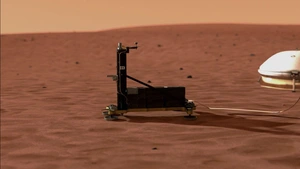
Explanation found for encrusting of the Martian soil
Temperature measurements of the HP³ Mars mole have provided new insights:
Mole, the Martian mole: for four years it had a small but highly regarded 'career' in planetary research. The experiment, unprecedented in the field, was named after the recognisable tunnel-digging mammal, but its…
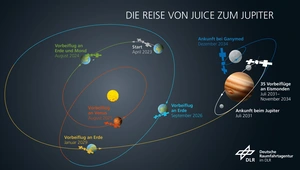
JUICE space probe to fly by the Moon and Earth
With the close flybys the space probe's trajectory will be changed, setting it on the ideal course to Venus:
The highly anticipated space manoeuvre has been named LEGA, for 'Lunar-Earth Gravity Assist' – which roughly means Moon-Earth gravity deflection. For the first time, the orbit of a space probe will be altered by the…
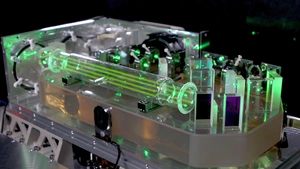
DLR laser clock achieves world-class accuracy
Laser clocks are set to improve satellite navigation and deliver a precise global time signal:
A new laser clock from the German Aerospace Center (Deutsches Zentrum für Luft- und Raumfahrt; DLR) has achieved a record level of accuracy for optical clocks with gas cells: in 30 million years, it would be off by…
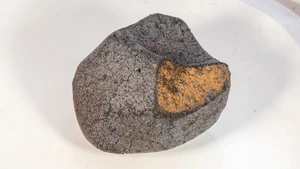
How Earth got its water
Distant asteroids thought to have brought large amounts of water to Earth:
Although water is essential for the existence of life on Earth, its presence on our planet was by no means a foregone conclusion. Millions of asteroid fragments from regions of the Solar System far from the Sun are…

Good clean fun times two
DLR is working at two new institutes in Cottbus to help make industry and flying more sustainable :
Lowering CO₂ emissions is a pressing problem of our time. In Cottbus, people are working on solutions for it. Supported by funding for structural economic change, the German Aerospace Center (DLR) founded two…
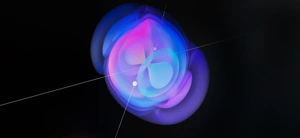
Breakthrough in Gravitational Wave Physics
Black Hole Scattering at Unprecedented Precision:
In a groundbreaking achievement, an international team led by IRIS Adlershof member Jan Plefka has computed the dynamics of two black holes scattering off each other at the highest level of precision ever attained.…
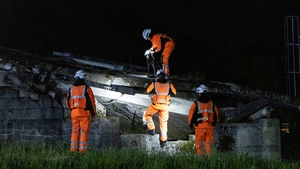
Real-time situation maps for disaster management
DLR creates live situation maps for international exercise for the first time and analyses data with open source AI:
From 21 to 25 May 2024, the German Aerospace Center (Deutsches Zentrum für Luft- und Raumfahrt; DLR) took part in the international disaster relief exercise ACHILLES 2024 in Switzerland. For the first time, a team…
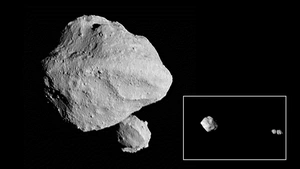
“Lucy” discovers a double moon around asteroid Dinkinesh
DLR scientists made a surprising observation when analysing the image data from the NASA space probe:
First a small surprise and then a big one: when NASA's Lucy space probe transmitted the first images to Earth after its flyby of the small asteroid Dinkinesh on 1 November 2023, it revealed a moon behind the 720-metre…
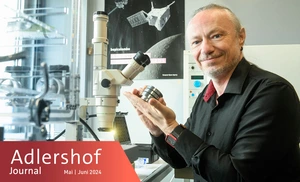
A stroke of luck – The meteorite from the Havelland
Planetary researcher Jörn Helbert examined the very rare object in the DLR laboratory:
Sunday, 21 January 2024. It’s about half past two. The night over Brandenburg is clear when, suddenly, a fiery streak illuminates the sky. A chunk of a rock from space, half a metre long and weighing about 140 kilos,…
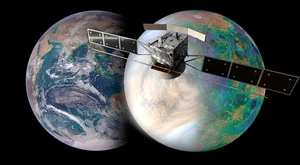
ESA approves Venus EnVision mission
DLR is contributing a multispectral camera to map the mineralogy and perform measurements in the venusian atmosphere:
Venus, Earth's inner neighbouring planet, is a mysterious celestial body. Almost the same size as Earth, with only a slightly smaller mass and largely made up of the same materials as Earth, Venus has developed in a…
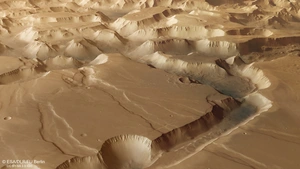
DLR’s Mars camera – 20 years of operations
The first image was transmitted to Earth on 10 January 2004:
An extraordinary success story, and a long-lasting one at that. For 20 years now, DLR's High Resolution Stereo Camera (HRSC) on board the European Space Agency (ESA) Mars Express orbiter has been providing the science…

Better coordination of emergency services in buildings
DLR tracking system makes people and surrounding structures visible:
Emergency responders operating in buildings or industrial plants should not only know their exact location. In order for a mission to be coordinated, it is also important that the location of each individual team…